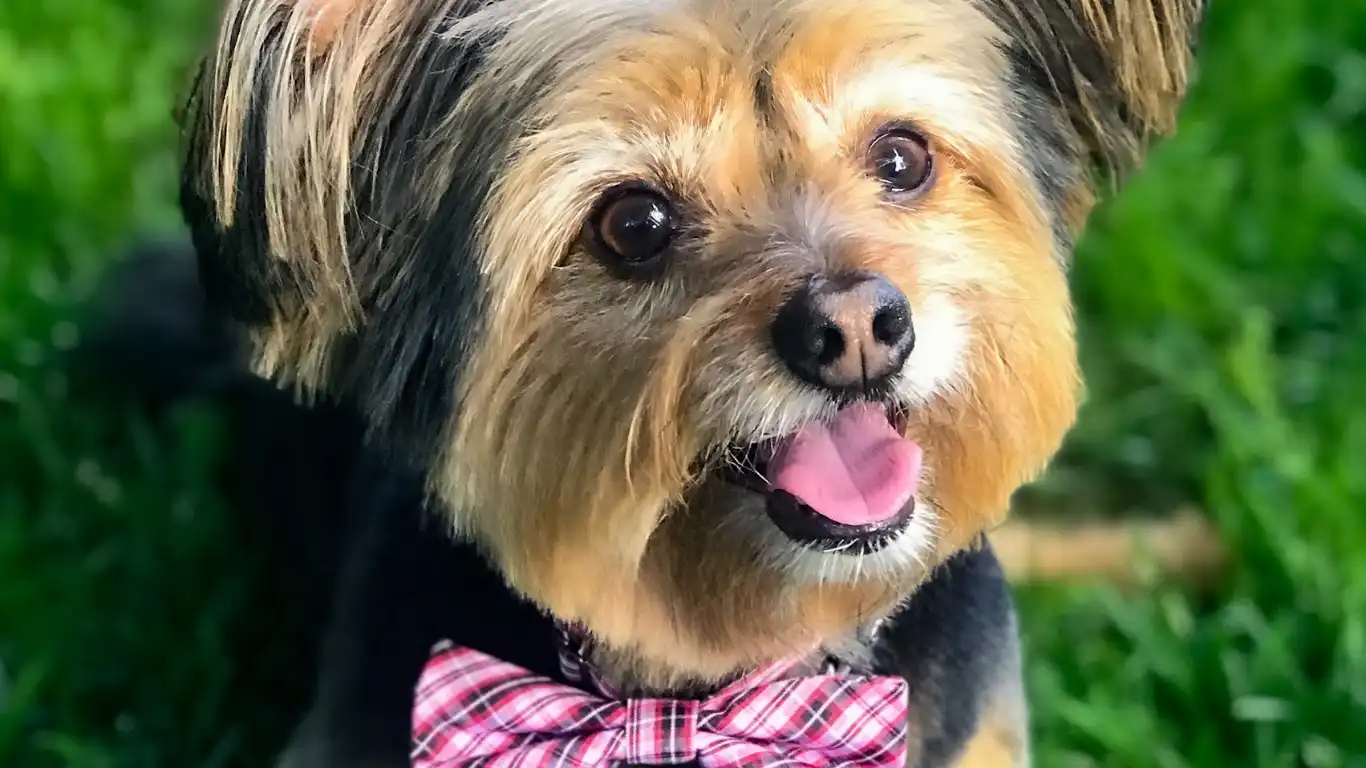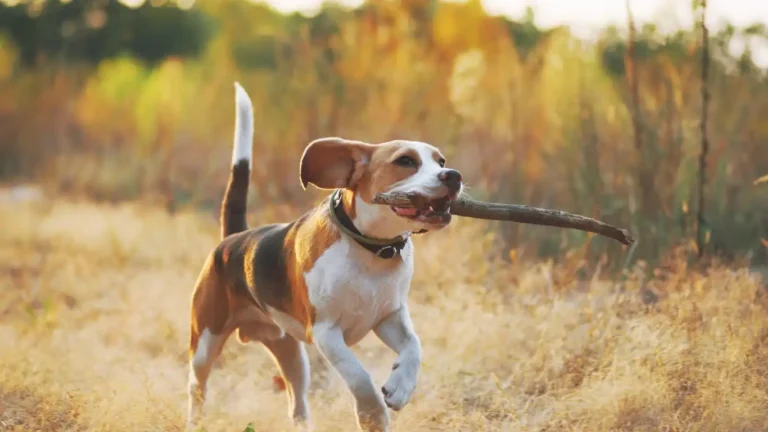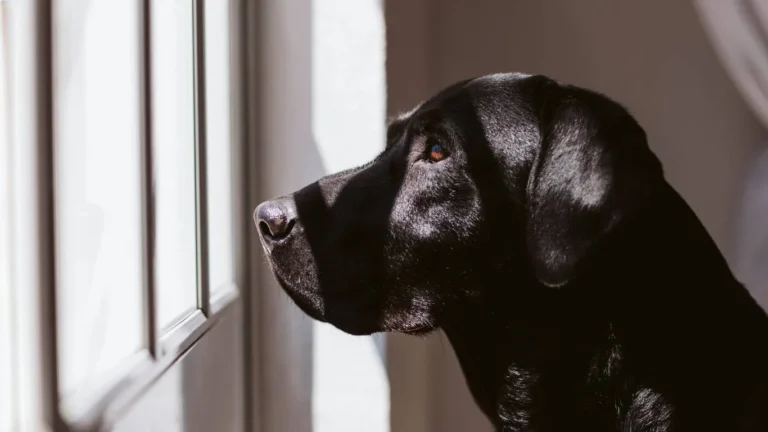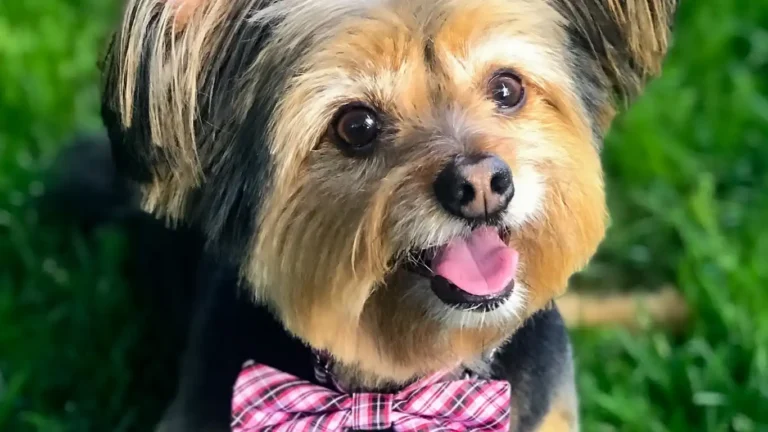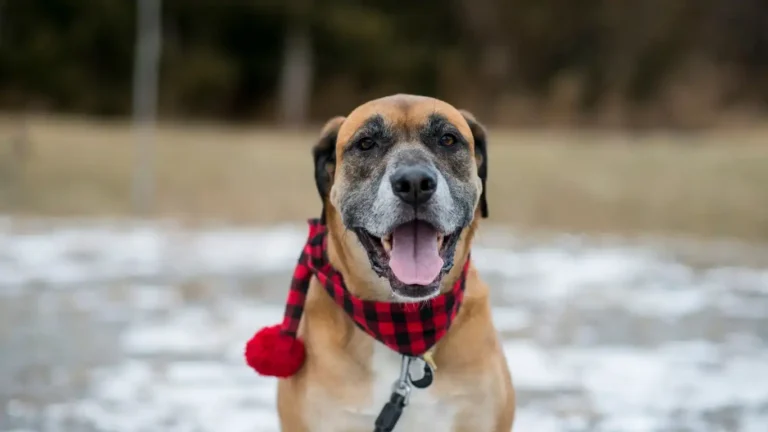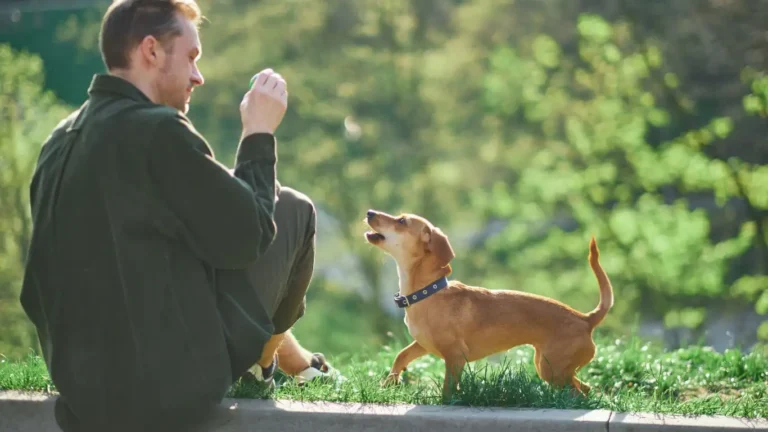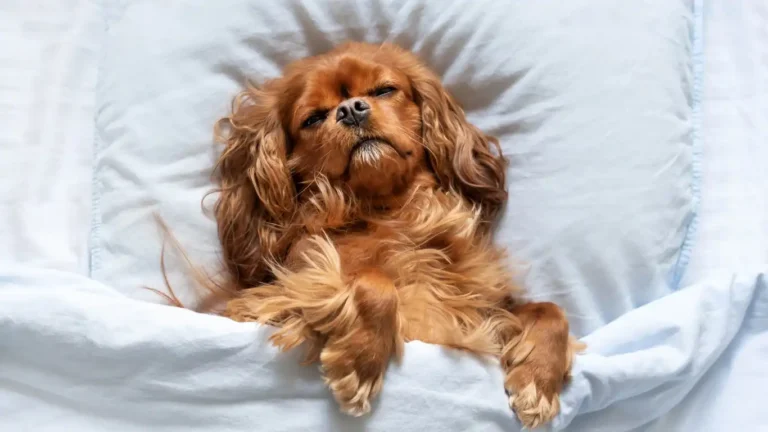How to Prevent Matting in Long-Haired Dogs: Top Tips for a Silky Coat
As a Veterinary Technician and Nutrition Specialist, I’ve seen my fair share of long-haired dogs struggling with mats and tangles. It’s a common problem for many pet owners, but with the right care, it’s something that can be easily prevented. In this guide, I’m going to share some tips and tricks I’ve learned over the years to help you keep your dog’s coat healthy and mat-free. Whether you’re the proud owner of a fluffy Poodle, a long-haired Chihuahua, or a majestic Afghan Hound, this guide will give you the tools to manage your dog’s coat and ensure they stay looking their best.
Why Do Long-Haired Dogs Get Mats?
If you’re wondering why your dog’s coat is prone to matting in the first place, you’re not alone. It’s one of the most common challenges for owners of long-haired breeds. Mats occur when the individual hair strands become tangled together, often due to dirt, debris, or friction. Over time, mats can form in areas where the fur rubs together, such as under the legs, around the ears, and under the collar. These mats can be painful for your dog, causing irritation or even leading to skin infections if left untreated.
In my experience, mats are often the result of a few key factors:
- Lack of Regular Grooming: Long-haired dogs require frequent brushing to prevent tangles. If their coat isn’t brushed regularly, hair will naturally tangle and form mats.
- Environmental Factors: Dogs that spend a lot of time outdoors, especially in grassy or wooded areas, are more likely to collect debris in their coat, which can lead to matting.
- Hair Texture: Some breeds have hair that naturally tangles more easily than others, especially those with soft or fine fur.
How to Prevent Matting in Long-Haired Dogs
Now, let’s get into the good stuff—how to prevent matting in the first place! The key to keeping your long-haired dog’s coat free of mats lies in regular grooming, proper tools, and maintenance. I’ve worked with countless dog owners, and I can tell you, the best results come from consistency and patience. Here’s a step-by-step approach to help you prevent mats from forming:
1. Brush Your Dog Regularly
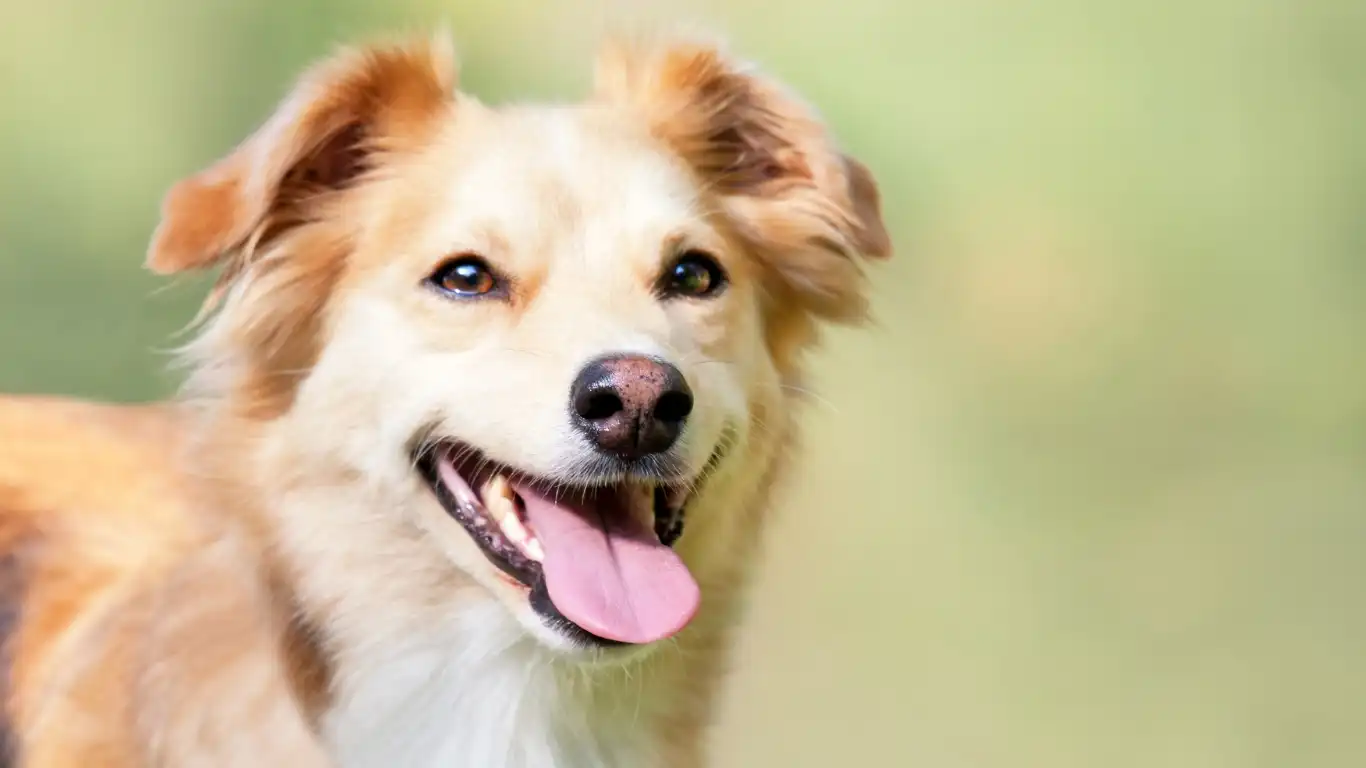
Brushing is the foundation of any good grooming routine. I can’t stress this enough: brushing your dog regularly is the single most effective way to prevent mats from forming. Long-haired dogs need brushing at least 3-4 times a week, if not daily. Brushing helps to remove loose fur, dirt, and tangles before they can turn into mats.
When you brush, be sure to go all the way down to the skin to avoid leaving tangles near the roots. Use a comb or brush specifically designed for your dog’s coat type—something with a wide-tooth comb for curly coats or a pin brush for silky coats works wonders. Take your time! Rushing through grooming sessions can cause mats to form faster.
2. Use the Right Tools for the Job
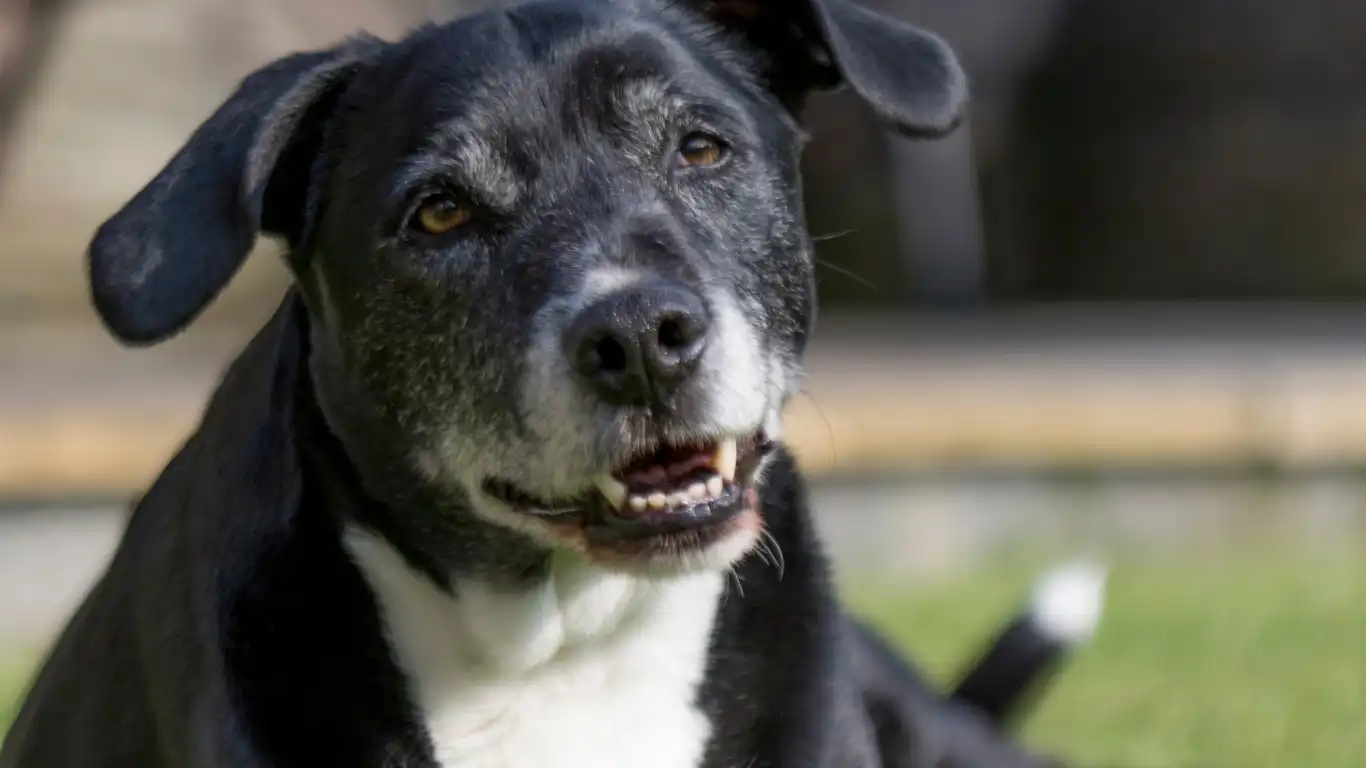
As a veterinary technician, I’ve seen many owners try to brush their dogs with the wrong tools. Using the wrong brush or comb can do more harm than good, and may even make matting worse. When choosing grooming tools, always consider your dog’s coat type.
- For silky coats: A pin brush works well to detangle the hair without breaking it.
- For curly or wavy coats: A slicker brush or a de-matting tool will help break up tangles and prevent mats from forming.
- For double coats: A rake comb can help to get through the dense undercoat.
And don’t forget a good pair of safety scissors. If you come across a stubborn mat, gently trim it away. But be careful! Cutting too close to the skin can cause injury.
3. Bathing Your Dog Correctly
Regular baths are also an essential part of keeping your dog’s coat in top shape. Bathing helps to remove dirt, oils, and other debris that can contribute to matting. However, be careful not to overdo it. Bathing too often can strip your dog’s coat of its natural oils, leading to dryness and increased tangling.
When bathing your dog, use a gentle, dog-safe shampoo, and always rinse thoroughly to remove any residue. I recommend using a conditioner as well to help keep the coat soft and easier to manage. After the bath, towel dry your dog gently to remove excess moisture, and always finish by brushing their coat while it’s still damp. This will help prevent tangles and mats from setting in.
Maintaining Your Dog’s Coat Between Grooming Sessions
Regular brushing, proper bathing, and the right tools will go a long way in keeping your dog’s coat free of mats. But there are also a few extra steps you can take to make sure their fur stays tangle-free between grooming sessions. Here are some of my top tips:
1. Keep Your Dog’s Coat Trimmed
If your dog has a particularly long coat, consider trimming the fur around areas that are prone to matting, such as the armpits, behind the ears, and under the collar. This will make it easier to manage the coat and prevent tangles from forming.
2. Watch Out for Hot Spots
If your dog spends a lot of time outdoors, be sure to check their coat regularly for any signs of debris, like burrs or twigs, which can lead to tangles. Keeping your dog clean and free from debris will help reduce the chances of mats forming.
How I Helped a Long-Haired Poodle Stay Mat-Free
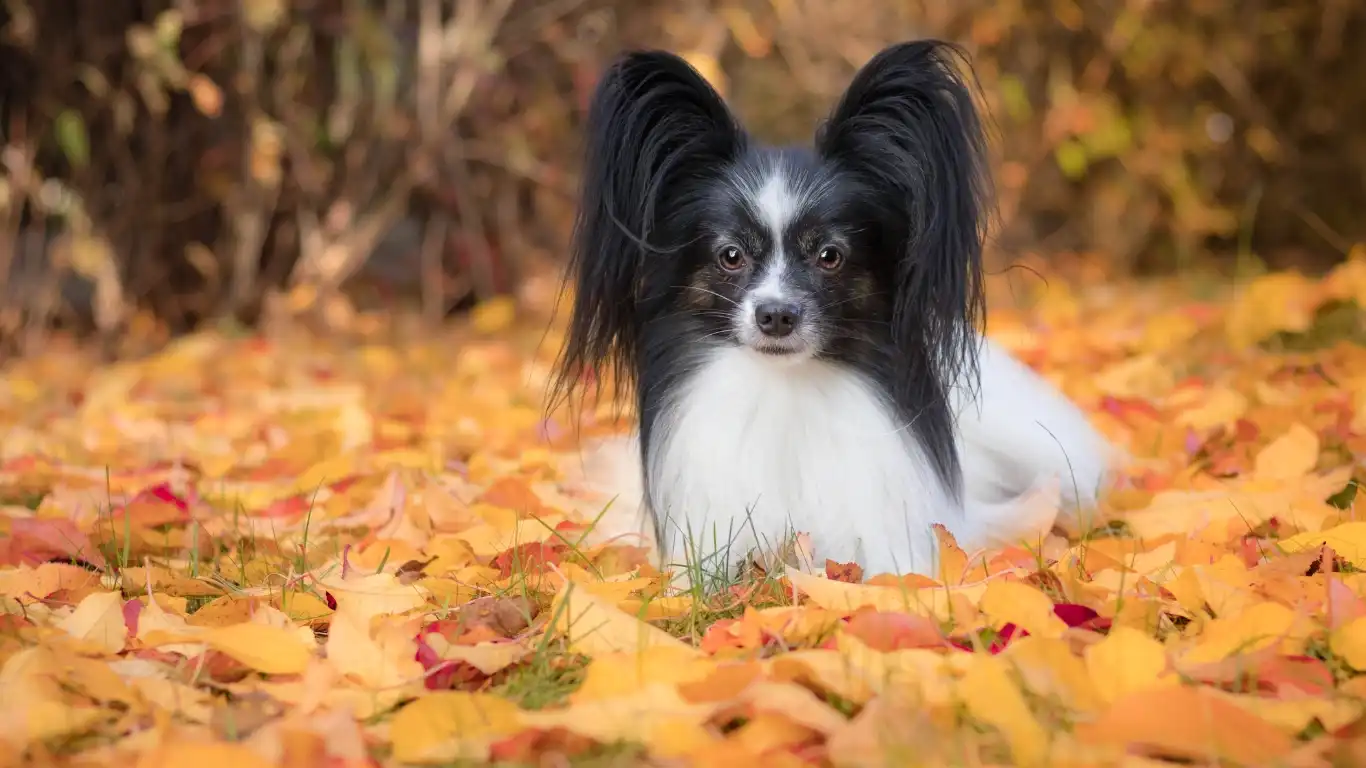
Let me share a quick story. I once worked with a lovely long-haired Poodle named Bella who had the most beautiful coat, but it was always getting tangled. Her owner was worried because Bella hated grooming, and the mats were starting to hurt her. After a few sessions with proper brushing, using the right tools, and teaching Bella’s owner how to make grooming a fun and rewarding experience, Bella’s coat stayed smooth and healthy. It took some patience, but in the end, both Bella and her owner were much happier.
Spotting Early Signs of Matting in Long-Haired Dogs
Even with the best grooming routine, sometimes mats sneak up on you. This is why it’s important to catch mats early, before they become large and painful. One of the most common signs of matting is a dull or coarse texture to your dog’s coat. If you run your fingers through their fur and it feels rough or sticky, it’s likely time for a more thorough brushing session.
Another thing to keep an eye out for is the formation of small clumps of fur. These can start as tiny tangles, often in spots like behind the ears, under the legs, or around the tail. If you notice these clumps forming, don’t wait for them to turn into full-blown mats! The sooner you address them, the easier they are to remove.
In my experience, dogs that are more active or have a lot of outdoor time are at higher risk for mats. They pick up debris, like leaves or burrs, which can get tangled up in their fur. Keep an eye on these areas and check your dog’s coat regularly, especially after outdoor play sessions.
The Best Grooming Practices for Different Coat Types
Not all long-haired dogs are the same when it comes to grooming. Each breed has different grooming needs, and understanding these differences will help you prevent matting more effectively. Let’s break down some of the most common long-haired breeds and their specific grooming requirements:
Poodles and Poodle Mixes
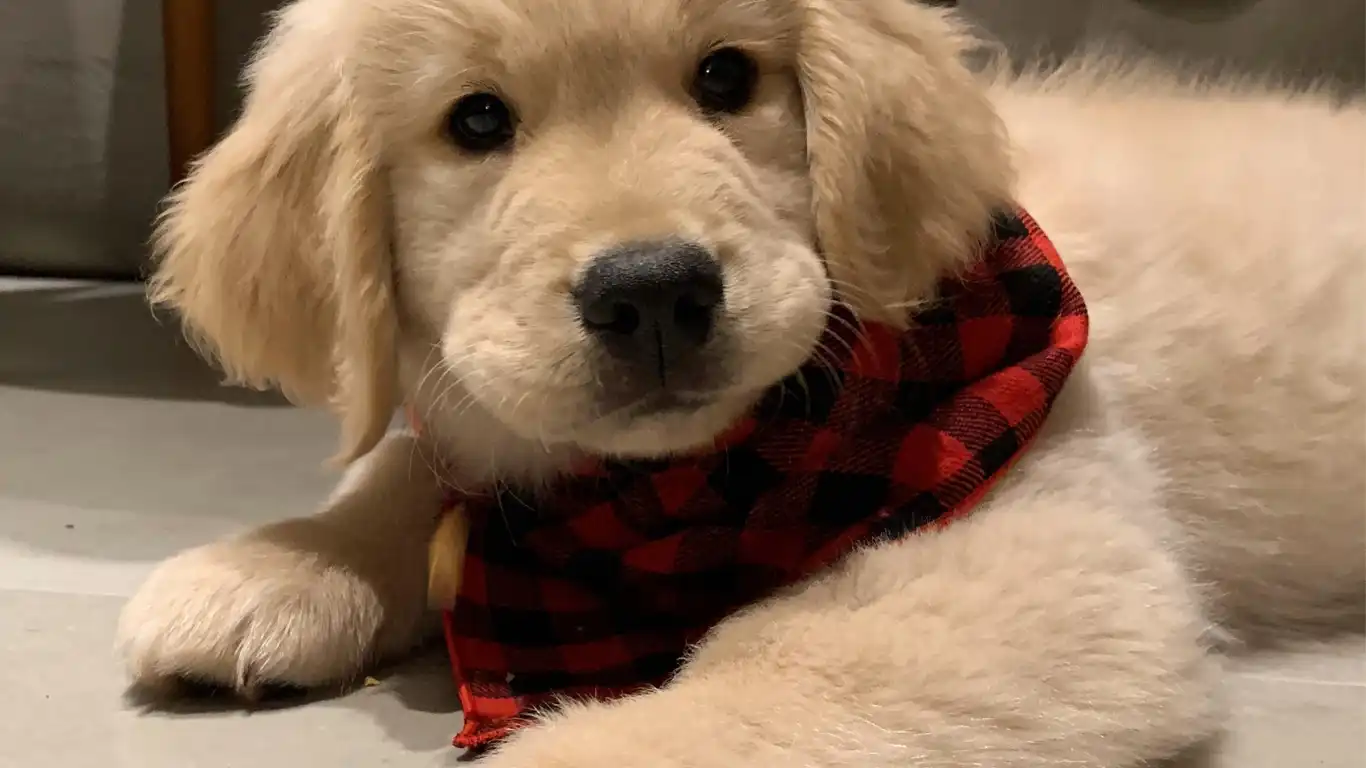
Poodles and their mixes, like Labradoodles, have a curly coat that’s prone to matting if not regularly brushed. These dogs need frequent grooming, and their curly hair tends to trap dirt and debris. I always recommend a slicker brush and a de-matting comb for this coat type. A comb with wide teeth works well for breaking up tangles, but you’ll need to be extra gentle, as their curls can mat quickly if not managed.
Poodles require professional grooming every 6-8 weeks, but that doesn’t mean you can slack off between visits. Regular brushing at home is essential, and don’t forget to check their ears—those curly coats can hide mats in unexpected places!
Shih Tzus and Lhasa Apsos
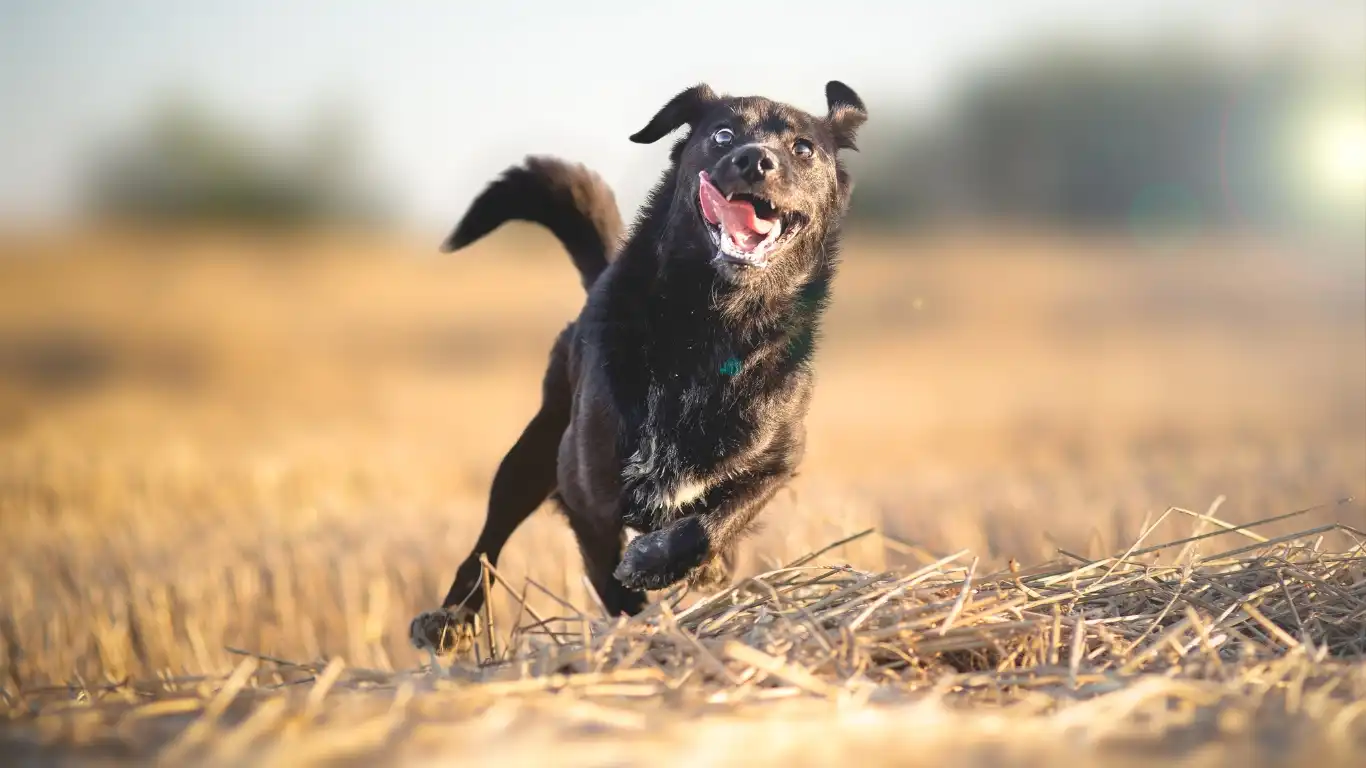
Shih Tzus and Lhasa Apsos have a silky, fine coat that’s more likely to mat around the face, under the collar, and near the armpits. These breeds require daily brushing to prevent tangles, and it’s crucial to start at the roots and work your way out. A pin brush is a must-have for these breeds, but make sure you’re gentle, as their fine hair can break easily if you pull too hard.
When grooming these dogs, pay close attention to the areas around their eyes and ears, where mats tend to form the fastest. You can also trim around their eyes and ears to reduce the chance of tangles.
Collies, Shelties, and Other Double-Coated Breeds
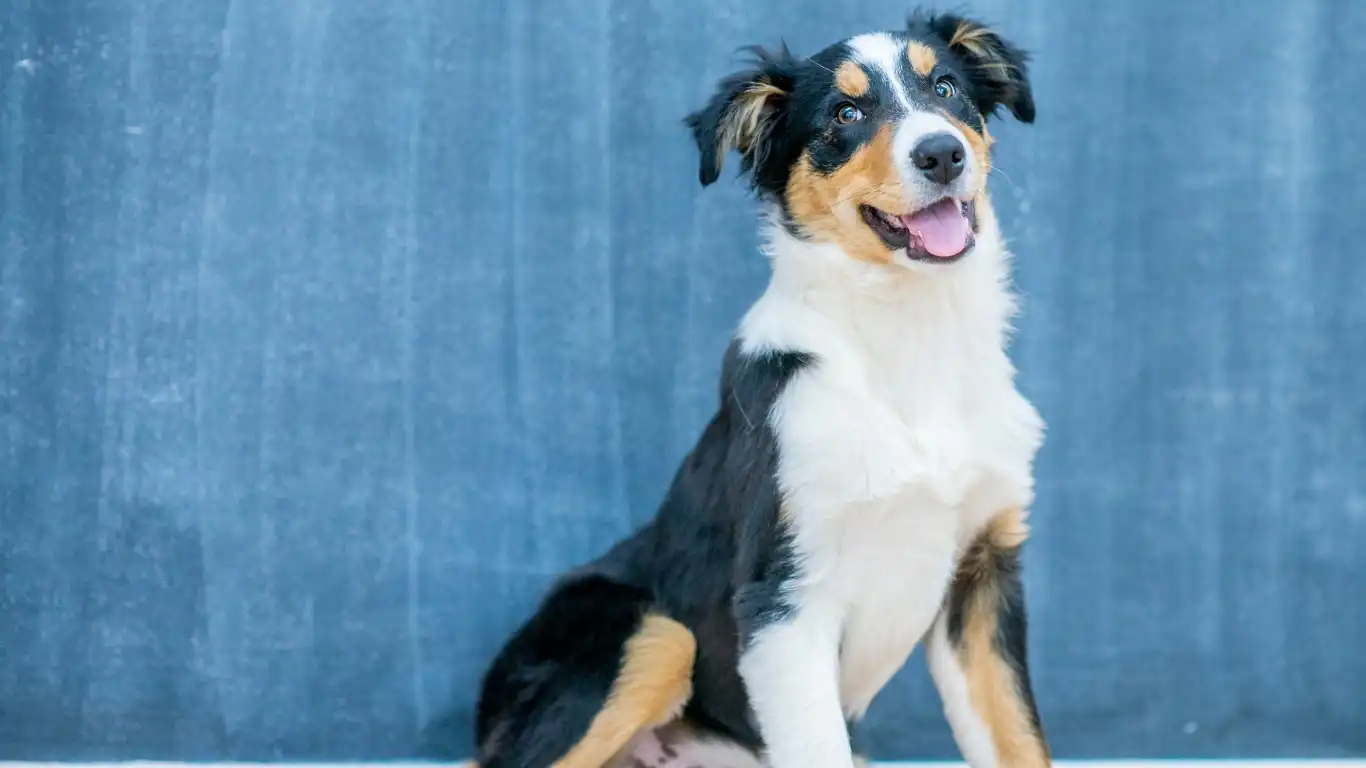
Double-coated breeds like Collies and Shelties have a thick undercoat that can trap dirt and moisture, leading to mats. The outer coat is long and flowing, while the undercoat is dense and can become matted if not properly cared for. These dogs require regular brushing with a rake comb or undercoat rake to remove loose hair from the dense undercoat and prevent it from matting.
In addition to regular brushing, you might also want to consider using a deshedding tool to help manage the shedding of their undercoat. These tools are especially useful during shedding season, which can be twice a year for double-coated breeds.
Dealing with Severe Matting
Sometimes, despite our best efforts, mats can still form. If the matting becomes severe, it’s important not to panic! While some mats are easy to remove with a simple brush, others can become tight and painful for your dog. If you come across a particularly tough mat, here are a few options to help:
1. De-Matting Tools
De-matting tools are specifically designed for tough mats. These tools have sharp blades that cut through the mats without damaging the underlying fur. If you decide to use a de-matting tool, be extra careful, as you don’t want to hurt your dog. Always start from the outside of the mat and work your way in gently, cutting small sections at a time.
2. Trim the Mat
If a mat is too tight to safely comb through, trimming might be your best option. Use a pair of blunt-nosed scissors to carefully cut the mat out, making sure to avoid the skin. It’s often best to work slowly and cut only a small portion at a time, so you don’t accidentally injure your dog.
3. Professional Grooming
If you’re not comfortable trying to de-mat your dog at home, it’s always a good idea to bring them to a professional groomer. I’ve seen groomers work wonders on severely matted coats, and sometimes they’re the best option when dealing with tough mats. A groomer can also offer tips on preventing future mats and give your dog a beautiful, clean look.
Other Tips to Keep Your Dog’s Coat Healthy and Mat-Free
In addition to regular brushing and grooming, there are a few other things you can do to keep your long-haired dog’s coat in tip-top shape:
1. Maintain a Healthy Diet
Believe it or not, a healthy diet plays a significant role in the health of your dog’s coat. Make sure your dog is eating a balanced diet rich in Omega-3 and Omega-6 fatty acids, which help to keep the coat shiny and smooth. If you notice your dog’s coat becoming dry or brittle, consider adding a fish oil supplement to their food to help improve the texture of their fur.
2. Keep Your Dog Hydrated
Water is essential for healthy skin and coat. Ensure your dog always has access to fresh water throughout the day to keep their coat hydrated from the inside out. This is especially important during warmer months when dehydration can affect the skin and coat.
3. Avoid Over-Bathing
Over-bathing can strip your dog’s coat of its natural oils, which protect it from dryness and tangling. Stick to bathing your dog only as needed, and make sure to use a mild, moisturizing dog shampoo. Over-bathing can also cause irritation, so try to find the balance that works for your dog’s skin type and coat condition.
When to Seek Professional Help for Matting
As much as we love our dogs, there are times when it’s just best to leave certain grooming tasks to the professionals. If you’ve tried everything—brushing, de-matting, trimming—and your dog still has a severely matted coat, it might be time to visit a professional groomer.
From my experience as a veterinary technician, I’ve seen how a professional groomer can make all the difference. Sometimes, mats are so tight and close to the skin that trying to remove them at home can lead to cuts or skin irritation. In these cases, a groomer will have the tools and expertise to safely remove mats without causing discomfort to your dog. Plus, they’ll be able to give your dog a much-needed trim and keep their coat looking healthy.
When choosing a groomer, make sure you find someone with experience handling long-haired breeds. A good groomer should understand the specific grooming needs of your dog’s breed and should also be able to give you tips on how to maintain your dog’s coat between visits.
Regular Grooming Visits
If your dog is prone to matting, scheduling regular grooming appointments can help prevent mats from becoming a serious issue. I always recommend that pet owners with long-haired dogs consider professional grooming every 6-8 weeks. During these visits, the groomer will be able to address any minor tangles before they become larger mats, and they’ll also help keep your dog looking great.
Groomers often offer additional services like trimming around the eyes, ears, and paws, which can help prevent mats from forming in these common trouble areas. They also often provide deep cleaning that can help remove any trapped debris from your dog’s coat. While regular grooming visits aren’t a replacement for home grooming, they are a great way to keep your dog’s coat in top condition and ensure that any minor issues are caught early.
The Role of Nutrition in Coat Health
We’ve talked a lot about external grooming, but there’s something equally important that contributes to your dog’s coat health: nutrition. I’ve seen firsthand how a well-balanced diet can impact the condition of a dog’s coat, making it shinier, softer, and more manageable.
Dogs need certain nutrients to maintain a healthy coat, and feeding them the right food can make a world of difference. Omega-3 and Omega-6 fatty acids are essential for keeping a dog’s skin healthy, and they also help to maintain a shiny coat. You’ll find these nutrients in foods like fish, flaxseed, and certain oils. In fact, some dog foods are specially formulated with these fatty acids to improve coat and skin health.
If your dog has a rough, dry, or flaky coat, it could be a sign of a nutritional deficiency. Supplements like fish oil can often help improve the condition of their fur. However, before adding any supplements to your dog’s diet, I recommend checking with your veterinarian to ensure they’re appropriate for your pet’s specific needs.
What to Look for in Dog Food
When selecting a dog food brand, be sure to check the ingredient list. Look for high-quality protein sources like chicken, beef, or fish, as protein is key for healthy hair growth. Look for ingredients like salmon oil, flaxseed, or coconut oil, which are rich in the fatty acids that promote a healthy coat. Avoid foods with excessive fillers like corn and soy, as they don’t provide much nutritional value for your dog’s skin and coat health.
If you’re unsure about what food is best for your dog, don’t hesitate to reach out to your vet or a pet nutritionist. They can help guide you toward the right options for your dog’s breed and specific needs. Trust me, a healthy diet can be a game changer for your dog’s grooming routine!
Tips for Managing Coat Care in Seasonal Changes
Just like us, dogs can experience changes in their coat based on the season. If you live in a region with hot summers and cold winters, you might notice that your dog sheds more during certain times of the year, and their coat texture may change as well. These seasonal changes can also affect how often you need to groom your dog and how much hair they shed.
In the summer, your dog may shed their undercoat to help keep cool. Regular brushing will help remove loose hair and prevent mats from forming. During the colder months, your dog’s coat may become thicker to help keep them warm, which can lead to more tangles and mats. This is the time when double-coated breeds like Collies and Huskies can become more prone to matting, and additional grooming might be needed.
Managing Shedding
If shedding becomes a problem in the spring or fall, try using a de-shedding brush or undercoat rake to remove the loose fur from your dog’s coat. I find that these tools help a lot in reducing the amount of fur that gets left behind on furniture, floors, and clothing, while also helping to prevent mats. Regular brushing during shedding seasons will keep your dog comfortable and prevent hair from tangling and matting.
Bathing and Grooming During the Seasons
It’s important to remember that the season can affect the condition of your dog’s coat, so adapt your grooming routine accordingly. During winter, for example, you may want to bathe your dog less often since the cold weather can cause the skin to dry out. In summer, you might want to bathe more frequently, but always use a moisturizing shampoo to avoid stripping your dog’s coat of its natural oils.
Pay attention to the texture of your dog’s coat during the seasonal transitions. If you notice that their coat feels drier or more prone to tangling, you might want to consider using a leave-in conditioner or a coat detangler to make grooming a bit easier.
References
Disclaimer
The information provided in this article is intended for informational purposes only and should not be considered medical advice. Always consult with a veterinarian or professional groomer for specific guidance regarding your dog’s grooming and health needs. Every dog is different, and grooming practices may vary based on breed, age, and individual health concerns.
